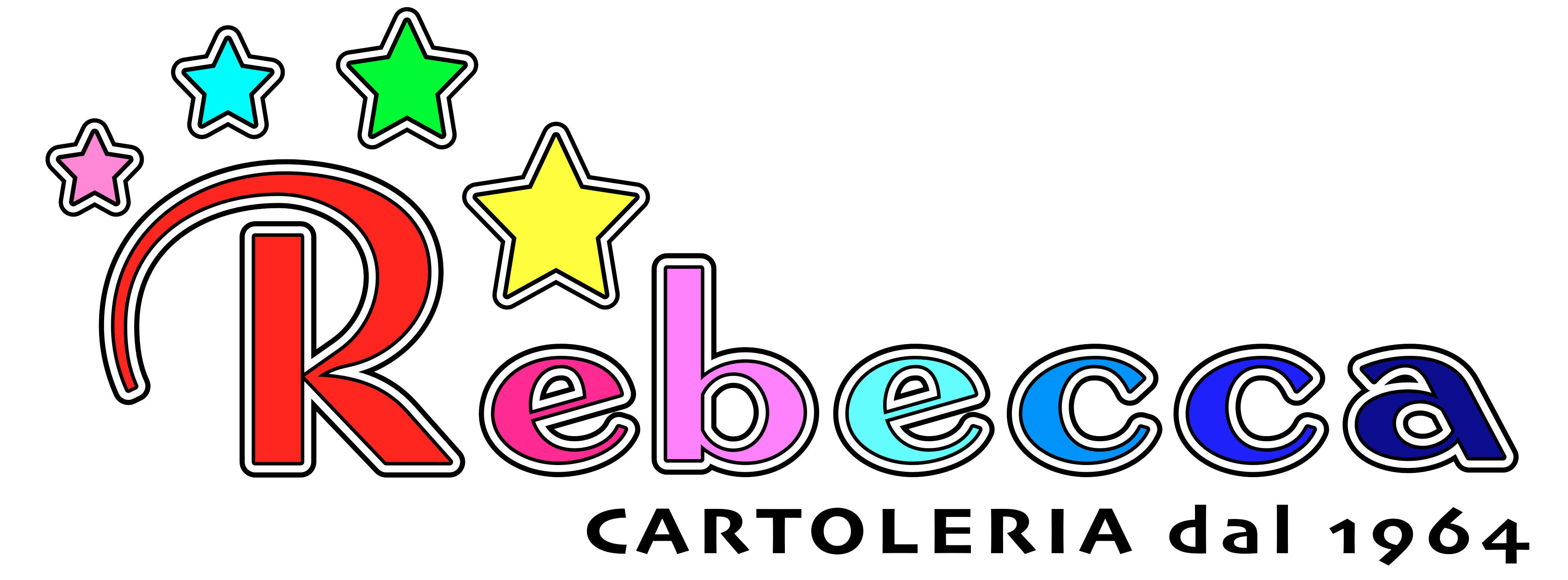Moment, a fundamental concept in physics and cosmology, has long been a subject of fascination and inquiry among scientists and philosophers alike. From the classical symbole of time as a linear evolution to the more complex and elusive concepts of quantum a moment spacetime curvature, our comprehension of time continues to evolve in addition to expand in light of new findings and theoretical frameworks. On this page, we explore emerging views on time in physics, with a focus on the interplay between quantum gravity, black slots, and the arrow of time.
Probably the most intriguing developments in fashionable physics is the quest https://www.deviantart.com/david123anderson/art/Top-Essay-Writing-Service-Global-Assignment-Help-989409514 for a new theory of quantum gravity, which seeks to balance out the principles of quantum motion with the theory of common relativity. Quantum gravity provides a fundamental challenge to our comprehension of spacetime and the nature of your energy itself, as it requires a single framework that can describe the behaviour of matter and strength at the smallest scales regarding spacetime. While progress has been conducted in developing candidate ideas such as string theory, trap quantum gravity, and origin dynamical triangulations, the search for a complete and consistent concept of quantum gravity stays an ongoing endeavor.
One of the important insights from quantum gravity is the idea that spacetime alone may be fundamentally discrete or quantized at the Planck size, leading to a radical reimagining of the nature of time within the quantum level. In this view, time may no longer be conceptualized as a continuous and soft progression, but rather as a discrete and granular structure, quite like the pixels of a digital image. This has profound ramifications for our understanding of the hare of time, as it suggests that moment may emerge from underlying quantum processes that operate in the smallest scales of spacetime.
Moreover, the study of dark holes has provided new experience into the nature of time as well as its relationship to gravity. Dark holes, with their extreme gravitational fields and mysterious function horizons, represent one of the most enigmatic phenomena in the universe. According to general relativity, black gaps are regions of spacetime where gravity is so strong that not even light can escape. This raises intriguing questions about the behavior of time near the event horizon and the circumstances of objects that fall under a black hole.
Recent research has suggested that time at the event horizon of a dark hole may behave with unexpected ways, with time looking to slow down or even visit a standstill from the view of an outside observer. This specific phenomenon, known as gravitational time dilation, arises from the curvature of spacetime near the african american hole and the effects of solid gravitational fields on the stream of time. Moreover, the study of black hole thermodynamics plus the information paradox has led to fresh insights into the nature of time and entropy, challenging our own conventional understanding of the hare of time and the irreversibility involving physical processes.
Furthermore, the arrow of time, which refers to the asymmetry of time’s flow from past to upcoming, has been a subject of powerful scrutiny and debate in both physics and philosophy. While the laws of physics are symmetric with respect to time letting go at the fundamental level, typically the arrow of time emerges from the macroscopic irreversibility of actual physical processes, such as the increase associated with entropy in closed devices. However , recent research has recommended that the arrow of time might have its origins in percentage entanglement and the emergence regarding correlations between subsystems of any quantum system.
In conclusion, rising perspectives on time in physics are reshaping our knowledge of the nature of time, from the dole realm to the cosmic degree. The quest for a theory of quantum gravity, the analysis of black holes, and the exploration of the arrow of the time are converging to reveal brand new insights into the fundamental character of time and its relationship for you to gravity, entropy, and the structure of the universe. As each of our understanding of time continues to advance, so too will our appreciation of its central part in shaping the fabric of reality.

